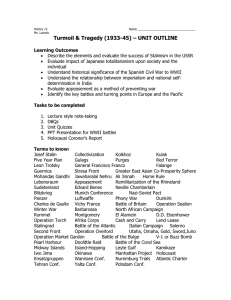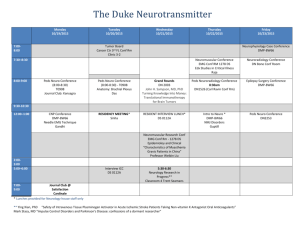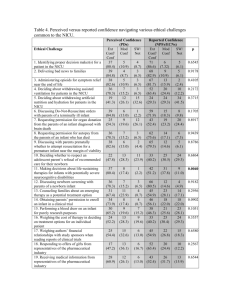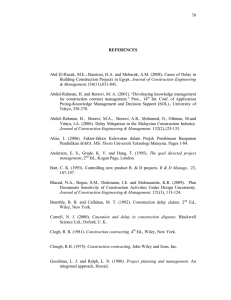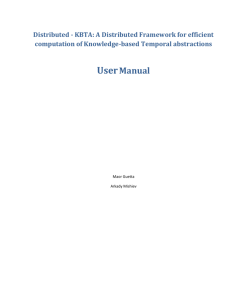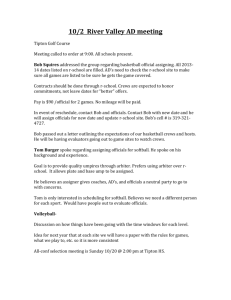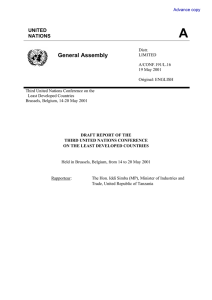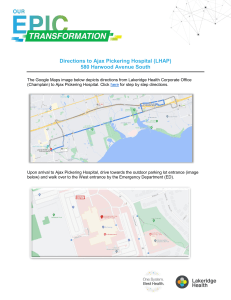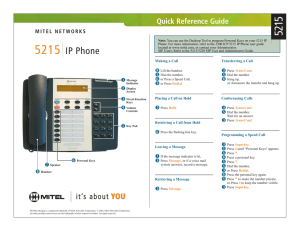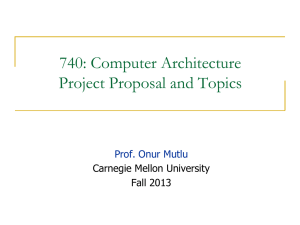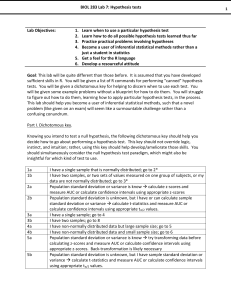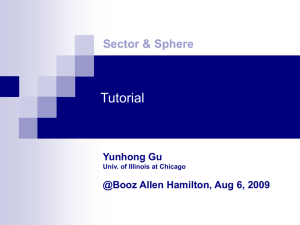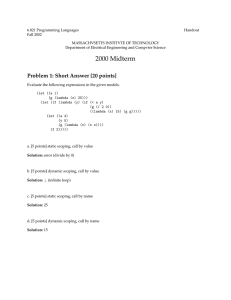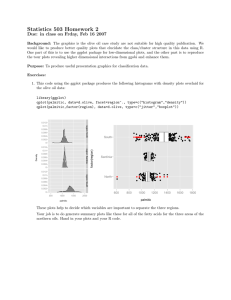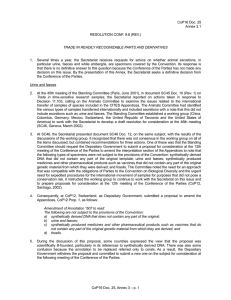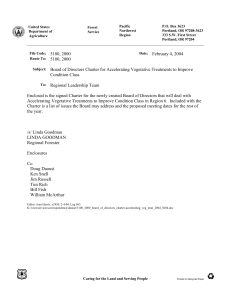Dias nummer 1
advertisement
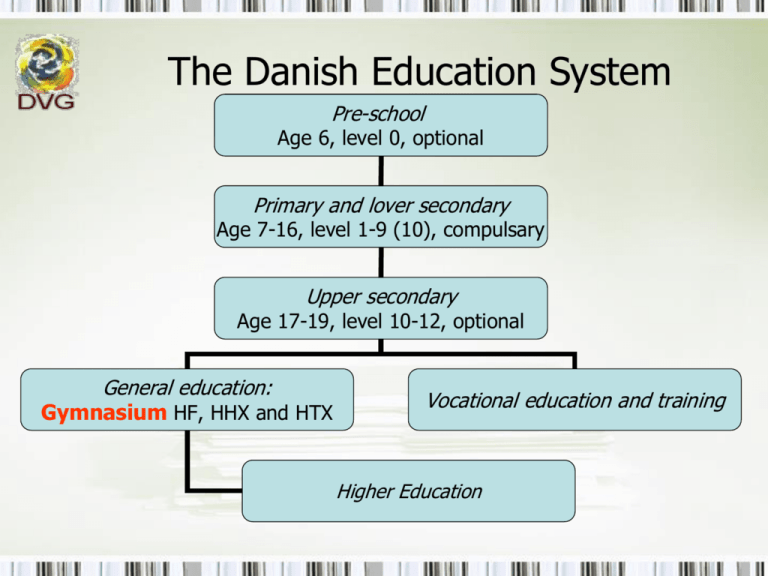
The Danish Education System Pre-school Age 6, level 0, optional Primary and lover secondary Age 7-16, level 1-9 (10), compulsary Upper secondary Age 17-19, level 10-12, optional General education: Gymnasium HF, HHX and HTX Vocational education and training Higher Education Project: ”The Virtual High School” • 2002-2005 • 70 out of 160 Gymnasiums participated with development (innovation) work • From one teacher in one class to the hole school • A research group followed the project and have published 3 reports (only in danish) What is a Virtual High School?? Answer: A School with Virtual Instruction (”E-learning”)…. • The teacher and the students not nessecary in the same room (distributed) and/or at the same time (asynchronic). • Use of computer based communication: E-mail, Electronic Conference Systems…. Virtual Instruction: The setting • Instruction can be organized in: – Class or groups or pairs or individual • A theme can be taught: – Systematic or thematic or project – Single subject or interdisciplinary The teachers profession: What’s it’s all about? • Select the teaching materials • Plan and decide: – The proces: How the teaching materials will be used – The organization: e.g. see previous dias • ”Classroom” work • Evaluate The traditional setting 1 lesson = 25-30 students+1 teacher+1 classroom+1 textbook. (Duration: 45 minutes) A new setting • Different locations and time • Written communication (Conf. system,E-mail…) • Different groups working with interdisciplinary, problem-centred projects Why teaching this way? Pro • • • • • • • • • • • Independence Self-discipline Collaboration skills Communication skills Differentiated teaching Responsibility Problemsolving Life long learning Academic ability Variety Reflect society Contra •Achivements not improved •Missing the try out in the classrrom (Measure yourself in the class) •Increased work load for both students and teachers Variety! Mixed Mode Increased work load The most valuable ressource: TIME Increased work load – according to the teachers • More communication, reading and writing: – E-mail: Q&A Q&A….. – Conferences: Drafts, Agenda, Essays, Logs, Portfolios, Comments…. – Implication of the greater distance to the students: demands for more specific and detailed (writen) instructions – If the school establish and introduces electronic communication channels there is a natural expectation that you can use them • Differentiated teaching takes time • Collaboration and coordination with other teachers takes time Writing takes time! Increased work load – An example 1 school-year: 3 projects of 1 week each (1-2 classes) 1000 900 800 700 600 500 400 300 200 100 0 Teachers in shared conf Students in shared conf Teachers in group conf Students in group conf 1. proj 2. proj 3. proj Total Increased work load – Solutions Don’t invent things from scratch everytime Who? When? How? What? Rules? Develop a school-based concept/procedures to spare the time to think out, negotiations and communication. Makes coordination, progression and continuity possible Increased work load – Solutions Integrated informationsystem for schools: Administration, communication, information, documentation, evaluation, grades, attendance registration,…….. Increased work load – Solutions Necessary conditions: • In-service teachers training (Staff development): IT and educational theory • Accessibility to computers, software and Internet • Support: technical and pedagogical
